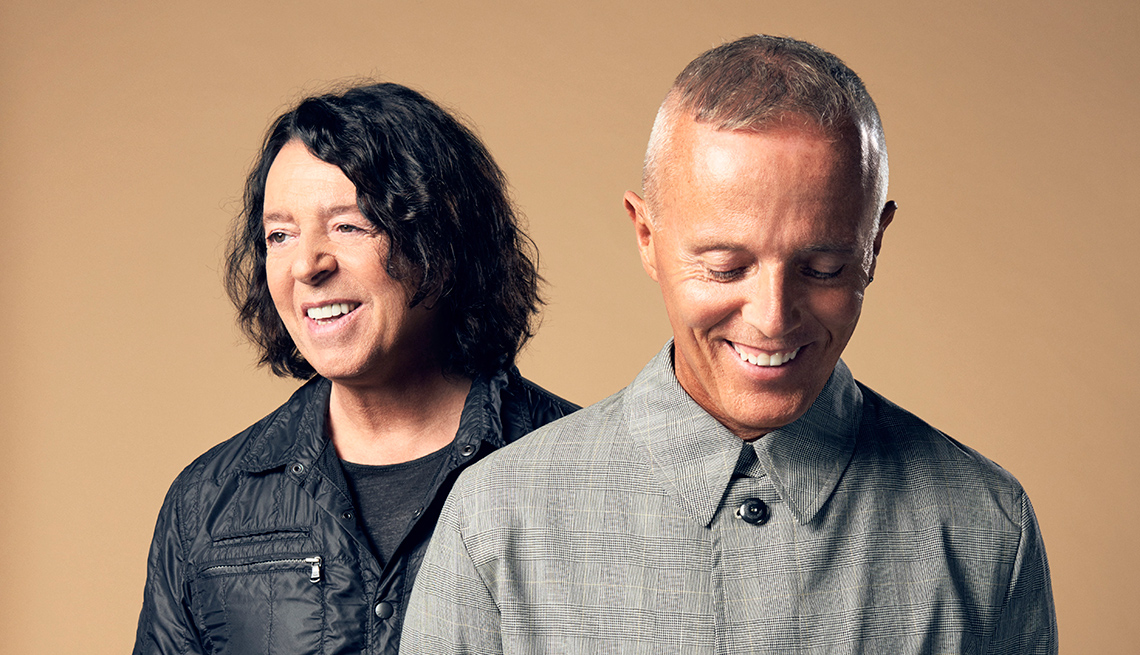Staying Fit
This month, Tears for Fears released Rule the World, a greatest hits album that showcases the British group’s 36-year career and features two new songs. AARP caught up with Curt Smith, 56, who with Roland Orzabal crafted new wave pop hits that were inescapable in the '80s and remain much beloved today. Smith reflects on some key songs.
• “Mad World,” from the 1983 album The Hurting. A hit song in the U.K., it failed to chart in America but later received much attention after a cover of the song appeared on the soundtrack to the movie Donnie Darko in 2001. It since has become a staple of TV singing competitions.


AARP Membership— $12 for your first year when you sign up for Automatic Renewal
Get instant access to members-only products and hundreds of discounts, a free second membership, and a subscription to AARP the Magazine.
Smith: “It was written while we were young, unemployed people in Bath, England, trying to make it as musicians. We were looking out at people going about their everyday lives, things that we were told we should be doing, having regular jobs and the like, making a living. And we were thinking how mundane it all looked. And it was sort of depressing to us, as it is to teenagers who think they know everything.”
• “Change,” also from The Hurting. The song, built around a sampled marimba hook, was a minor MTV hit and became Tears for Fears’ first song to hit the U.S. singles chart (No. 73).
Smith: “A lot of times, songs come from new sounds you have, playing with new toys. A lot of our early music was based on new technology and experimentation. It was the reason we became a duo. We didn’t need a band anymore; we could just do everything ourselves. And ‘Change’ came about with, ‘Well, these sound like real marimbas. Let’s use them.’ "
• “Everybody Wants to Rule the World,” from Tears for Fears’breakout album, 1985’s Songs From the Big Chair. This was the group’s first No. 1 song in the U.S.
Smith: “The rest of the album was just about finished, and we were missing one track, and we had a choice of two or three songs. And it was actually our producer Chris Hughes who was adamant about ‘Everybody Wants to Rule the World.’ He convinced us that, in his mind, the kind of shuffle beat is very much an American driving song. That was always his description: ‘I can imagine people in America listening to this on the radio as they’re driving.’ "
• “Shout,” the group’s second No. 1 single from Songs From the Big Chair.


































































